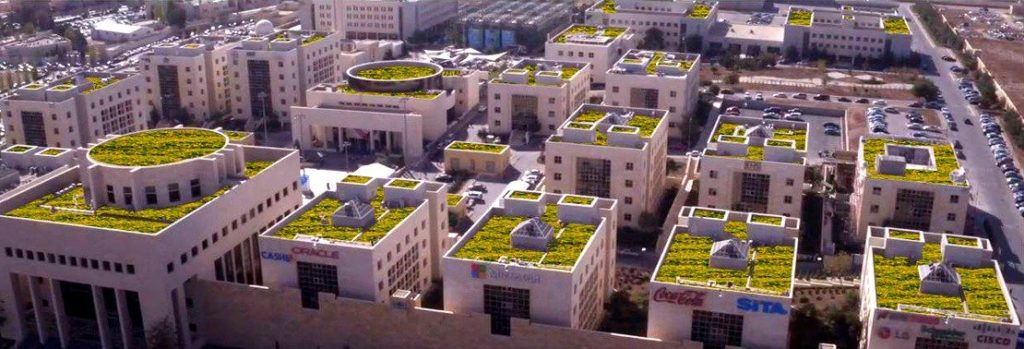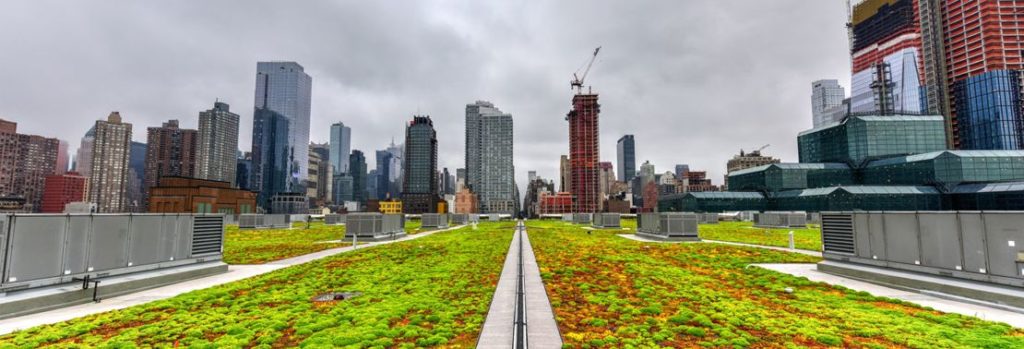Promoted by Best Access Doors
The commercial building industry is one of the most significant contributors to greenhouse gases due to gas emissions and massive energy consumption to fuel their daily operations. With the world continuously progressing and more skyscrapers soaring, it is high time that owners consider alternatives that will make their buildings energy-efficient.
Energy efficiency provides different benefits from minimizing the number of greenhouse gases, reducing the carbon footprint, and saving water, energy, and money. Your building’s energy efficiency will not only have a significant effect on your utility bill, but it can also have a massive impact on how your workers perform and your property’s value.
If you’re thinking about going green, here are some ways to improve the energy efficiency of your commercial building:
Measure Building’s Energy Consumption
Benchmarking your building’s energy consumption can help you determine which part of your building you should focus on and retrofit. It would be best to hire a professional to conduct the necessary procedures in this process. After selecting the area on which energy is consumed more, scope the location of your structure. With this, you will instantly figure out options to help your building become more energy efficient.
With the world continuously progressing and more skyscrapers soaring, it is high time that establishment owners consider alternatives that will make their building energy-efficient…
Planning a Strategy
As with any retrofitting project, it is critical to have a strategy when switching to energy-efficient alternatives. The first assignment you need to do is determine your set of goals in undertaking the project.
Here are some examples of the common goals that lead to a lower energy cost:
- to achieve a reduction in energy consumption
- to self-generate a percentage of the property’s total power usage through sustainable sources such as solar power
When planning these strategies, it is preferred that you should be specific on how much your company will save and what is expected to be achieved. Putting a concrete number will help select what methods are needed to achieve that goal.
Upgrade to LEED®
Since 1998, commercial buildings have been constructed to the new green standard, the Leadership in Energy and Environmental Design (LEED). The green building movement aims to maximize the sustainability of buildings in factors such as site planning, energy use, water efficiency, materials selection, and indoor air quality.
LEED buildings can cost about 2% more than traditional buildings, plus certification costs, but designing this way can help your company save more money in the long run. Examples of materials that promote LEED certification are fire-rated applications in ceilings. You can ask your contractor about the process of how to make this retrofit a reality.
Insulation
In a well-insulated building, less warm air seeps out from the building, especially during cold seasons, and less cool air escapes during the hot season, reducing the amount of energy needed for heating and cooling.
When choosing the proper insulation, make your building as airtight as possible. In new buildings, you can achieve this by using high-performance insulation. One great example is replacing doors and windows to eliminate air leaks in existing buildings can be an excellent investment.
LED Light Bulbs
Led light bulbs are the new trend for commercial buildings because of their many benefits, including increased longevity. One way to instantly save energy and make an establishment more energy-efficient is by choosing LED lighting. LED lights to consume 70-90% less energy than a standard incandescent or CFL bulb. So just replacing one bulb already delivers significant savings. Not only that, although LED bulbs are a little more expensive than traditional lightbulbs, switching to LED lightbulbs can save you more money over time.
Incorporate Natural Light
Adding natural light can not only enhance commercial structures’ features, but it can also decrease energy waste from incandescent bulbs. Consider adding more oversized glass windows or skylights to your establishment. These architectural features can improve a building’s access to natural lighting. Some contractors can also enhance a building’s energy efficiency through solar windows.
Solar windows contain transparent solar cells that convert the sun’s energy to emission-free energy while accessing natural lighting. If buildings source a portion of power from natural resources, they can decrease utility costs and emissions.
Consider Installing Smart Thermostats
Smart thermostats can connect to standard HVAC systems to maintain energy-efficient indoor temperatures. They can determine local weather predictions in real-time, in which it automatically adjusts to the indoor conditions and relies on the outdoor temperature differentiations.
Using natural weather patterns to support indoor temperatures reduces an HVAC system’s energy consumption. Smart thermostats can also connect to motion sensors that adjust the indoor temperature based on the room’s number of occupants. The system turns off automatically in a vacant building. They will surely help you save money outside operational hours.
The Takeaway
Opting for a more energy-efficient alternative is a wise decision when you are thinking about the sustainability and efficiency of your building for the future. Make sure that you collaborate with experts in creating a building that will promote energy efficiency. This shift will not only help your company save money, but it will also have a significant positive effect on our environment.
 Greenroofs.comConnecting the Planet + Living Architecture
Greenroofs.comConnecting the Planet + Living Architecture









